Director of Pulmonary Pathology explains through case study
Identifying usual interstitial pneumonia is more important than ever now that drugs like nintedanib and pirfenidone appear to slow disease progression. Watch Carol Farver, MD, director of Pulmonary Pathology at Cleveland Clinic, explain the characteristics and pathologic findings of this disease through the case of a 65-year-old male:
Cleveland Clinic is a non-profit academic medical center. Advertising on our site helps support our mission. We do not endorse non-Cleveland Clinic products or services. Policy
The patient is a white male smoker with a 6 to 8 month history of shortness of breath. The pulmonologist hears crackles and wheezing on exam and orders an imaging study that reveals bilateral basal scarring. A thoracoscopic lung biopsy shows a pathology which, at low power, appears to be a patchy type of fibrosis that does not involve all of the lung.
Dr. Farver explains that pulmonary pathologists look for three major characteristics to make the diagnosis of usual interstitial pneumonia. The first is patchy fibrosis which can also be called a temporary heterogenous pattern of injury. The second feature is fibroblasts, which one can see in the interface between the normal and fibrotic lung. When positioned between the scarring and the normal lung, fibroblastic foci are characteristic of usual interstitial pneumonia. The third characteristic is microscopic honeycomb change, which one can see at fairly low power. This patient’s airways had been remodeled to the extent that alveoli were no longer present but rather collagen and fibrosis all around them. Small airways had been remodeled into airways that contained mucus, giving the honeycomb-like appearance characteristic of the severe scarring seen in usual interstitial pneumonia.
This video is part of the Pathology Insights series, featuring important cases, methods and practices personally presented by staff pathologists. The short videos break down information about interesting pathology cases to better inform doctors, laboratory staff, patients or anyone interested in the field of pathology.
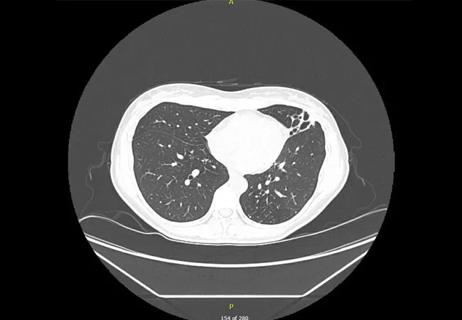
Lingulectomy removes infection when antibiotics fail
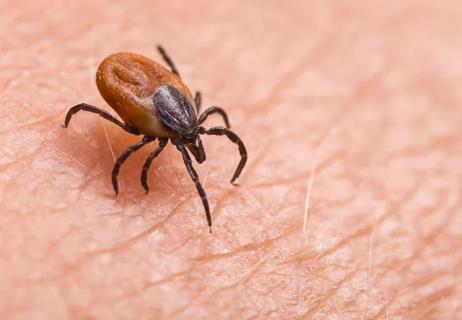
Researchers have developed immunoprofiles for an emerging disease with a mortality rate as high as 27%

Findings from one of the first published case series
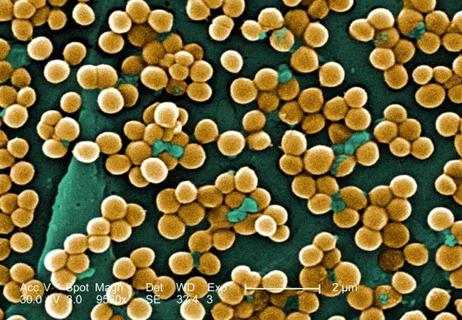
Don't discount this crucial step
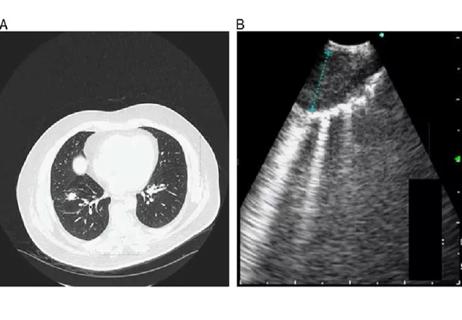
EBUS-TBNA found safe and effective
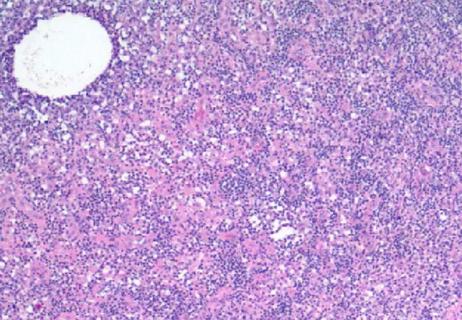
How to spot the rare infection
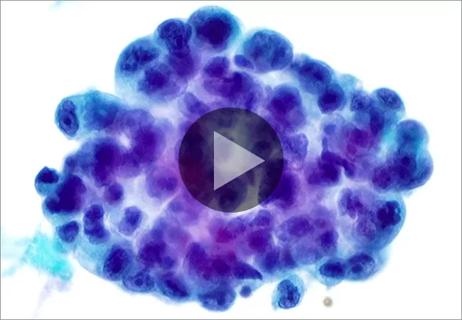
A case involving cytology and concurrent biopsy
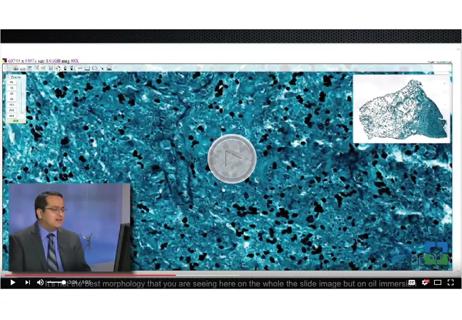
Not all lung nodules are malignant